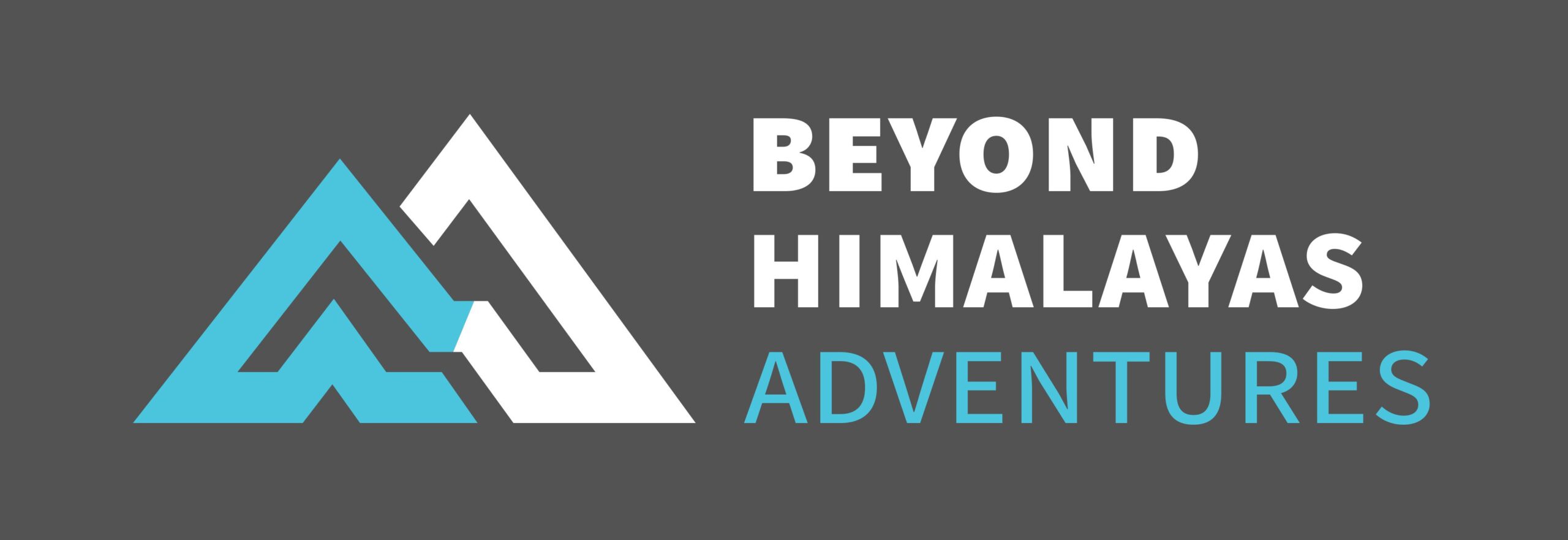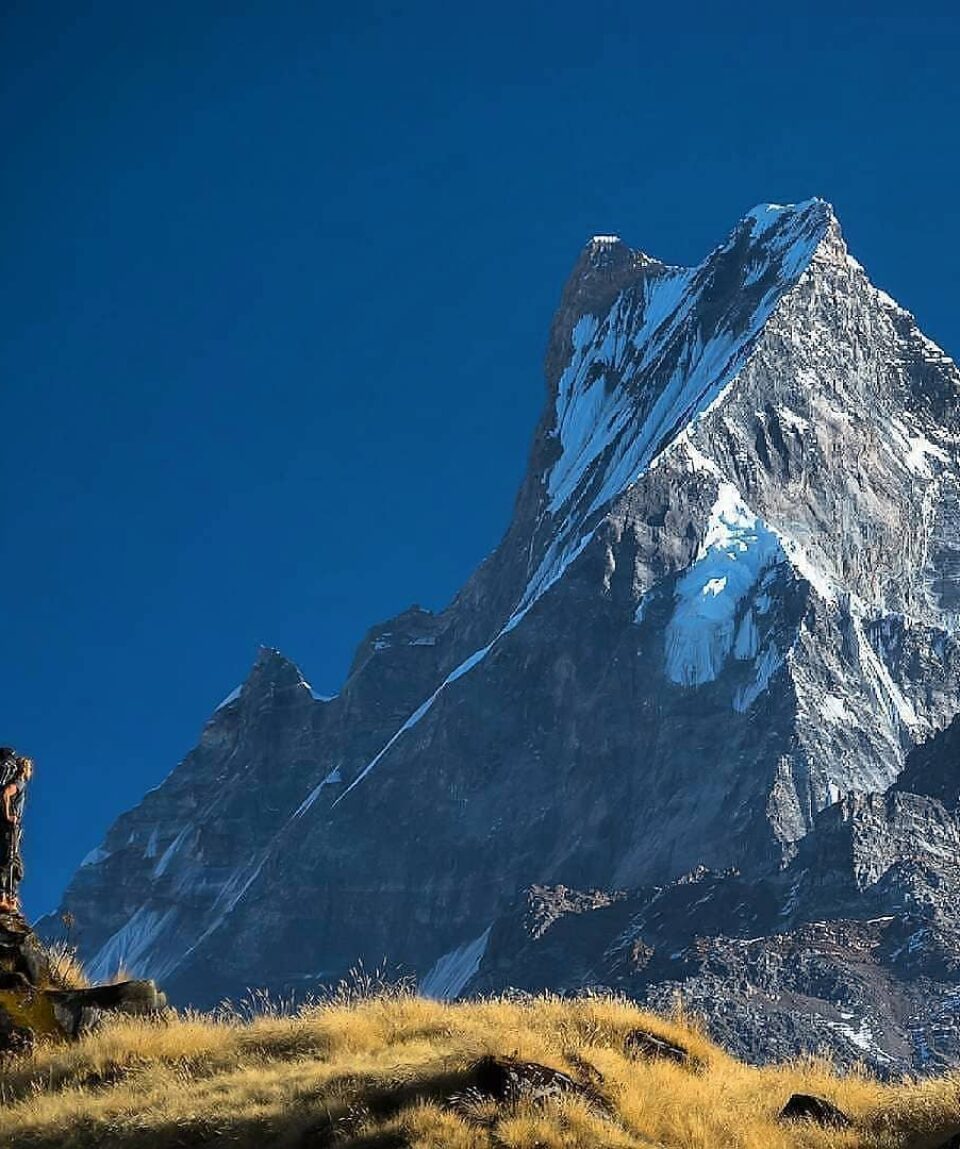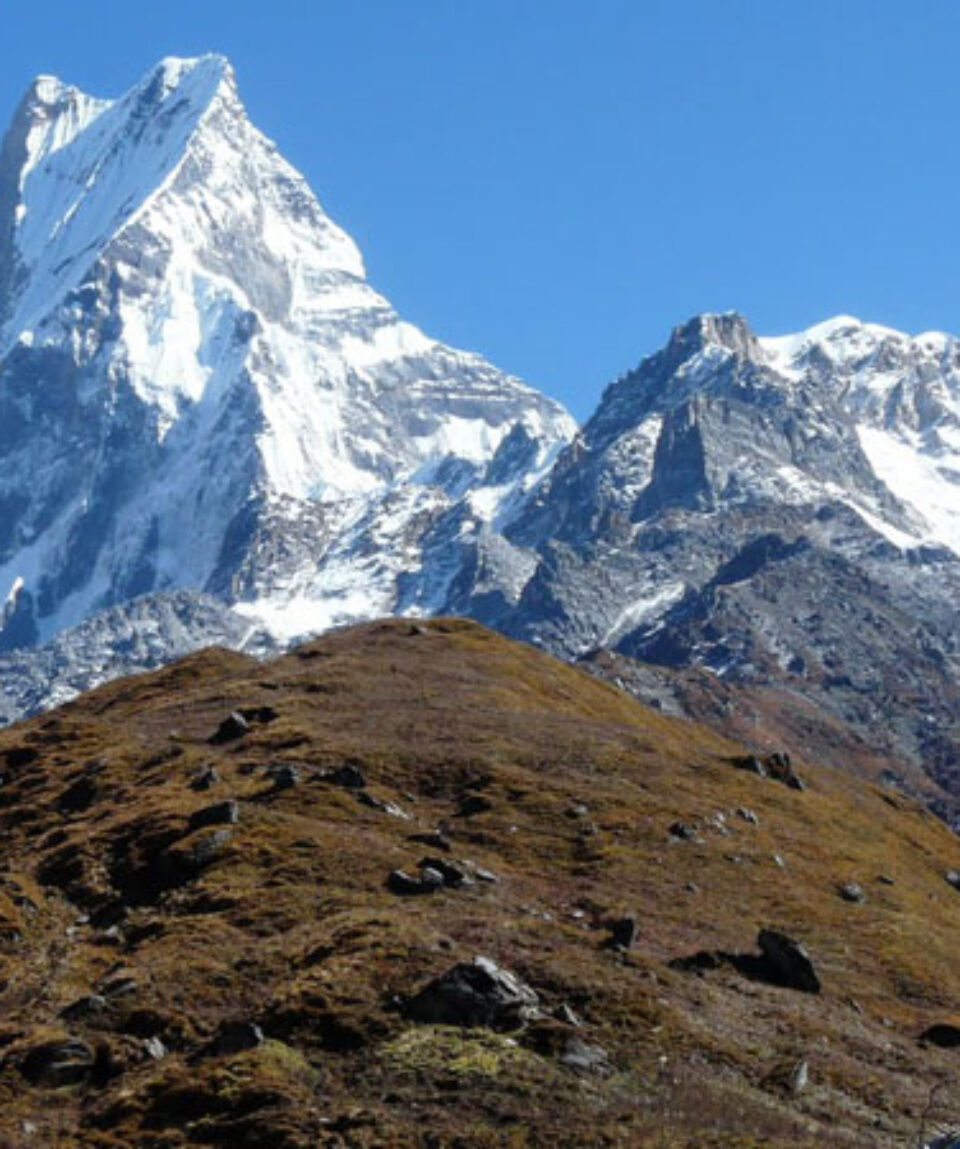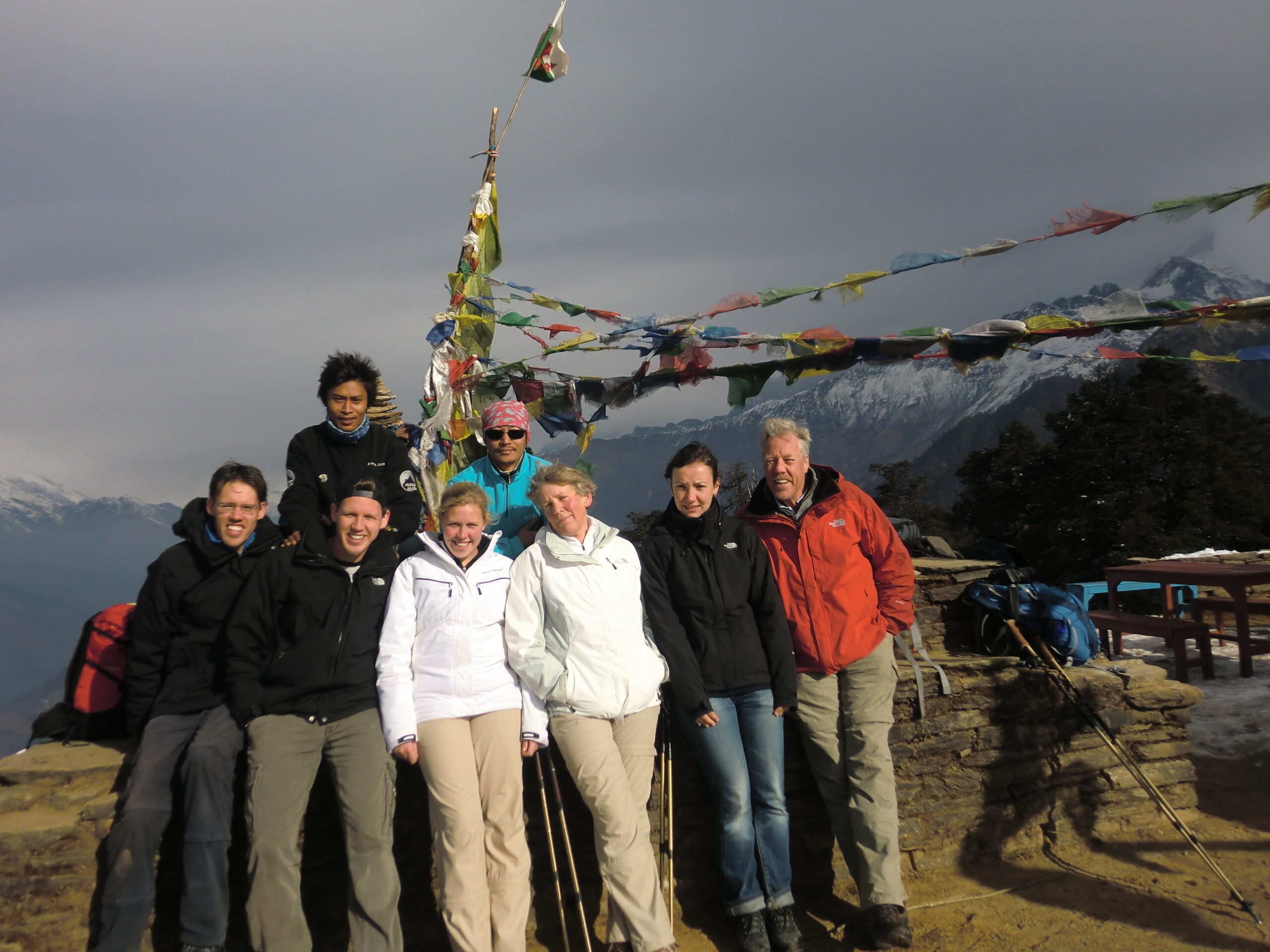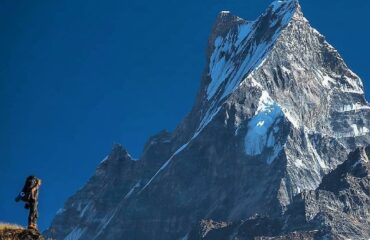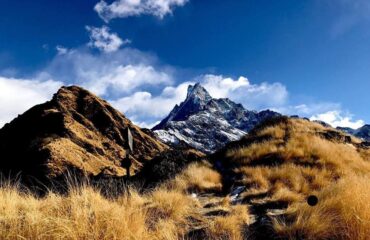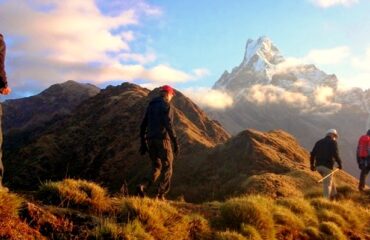Mardi Himal Trek
fromThe Mardi Himal Trek is a short, newly opened route, moderate type, and hidden treasure in the Annapurna region which offers an imaging view of the Annapurna, Dhaulagiri, Machhapuchre, and Manaslu ranges in a short period of time.
-
Reviews 0 Reviews0/5
-
Vacation Style Holiday TypeTreks
-
Activity Level Strenuous
-
Group Size Medium Group
Mardi Himal trekking is a hidden gem of the Annapurna trekking area that goes up to Mardi Himal base Camp. This trek is an ideal choice for those of us who are looking for an ‘off-the-beaten-path trekking experience in the quieter parts of the Annapurna region of Nepal. It is the lowest and perhaps the least visited of the trekking peaks in Nepal.The Mardi Himal Trek is a great option if you are looking for a shorter trek.
The trek offers wilderness, an incredible eye-level close view of Mardi Himal, Annapurna ranges, Himchuli peak, Machhapuchare(Fish Tail), the rewarding culture of local indigenous people, and diverse landscapes. Autumn and spring are the best seasons to trek
Trip Highlights
- Trek through blooming rhododendron forests (in March-April)
- Enjoy a relatively easy trek that many visitors overlook
- Immerse yourself in Nepali culture with a local homestay in the hills
- One of the Finest and up close view of Mt Fishtail
- Encounter authentic Pun and Gurung tribal villages throughout the journey
- Natural and Cultural Diversity
- Relish the splendid views of Annapurna, Machhapuchhre, and Mardi Himal
- All meals while on the trek (breakfast, lunch and dinner)
- Accommodation during the trek at the local lodge.
- Domestic airfares and transportation from Kathmandu to the trek starting point as mentioned on the itinerary
- English-speaking government-licensed Sherpa trekking guide & assistant guide (4 trekkers=1 assistant guide)
- Porter Service (2 Trekker =1 porter)
- Staff cost including their (Salary, domestic airfare, equipment, food, and accommodation)
- Trekkers’ Information Management System fees
- ACAP permit fees
- 3 nights accommodation in Kathmandu on twin sharing with breakfast.
- 1-night accommodation in Pokhara on twin sharing basis with breakfast.
- All guided sightseeing tours in Kathmandu and entry fees.
- Airport transfers and escort.
- Insurance for all staff
- All ground transportation on comfortable private vehicle
- All government and local taxes
- International airfares
- International Airport Departure Tax and visa entry fees
- Trekking and personal equipment
- Major meals, Lunch, and dinner during your stay in Kathmandu
- Any type of personal expenses, such as alcoholic beverages and drinks, phone, and laundry.
- Rescue & travel insurance, trip cancellation costs, accident or health emergency, evacuation, loss, theft or damage to baggage, and personal effects.
- Tips & Gratuities to porters and guides
- Items not listed in cost include
- Day 1 Depart Home Country
- Day 2 En route (Transit)
- Day 3 Arrival in Kathmandu (1,300m/4,264ft) and transfer to hotel
- Day 4 Casual day and sightseeing in Kathmandu
- Day 5 Fly to Pokhara Drive to Kande ,Trek to Pothana (1900 m /6233 f.)4-5 hrs
- Day 6 Potana to forest camp (2,520m/8064ft): 6-7 hours
- Day 7 Forest Camp to low camp (2970m/9504ft): 5-6 hours
- Day 8 Low camp to high camp (3540m/11,328ft): 3-4 hours
- Day 9 High camp to upper viewpoint (4250m/13600ft), back to Badal Danda (3210 m/10,531 ft)
- Day 10 Trek to Sidhing Village (1700m/5440ft): 5-7 hours and drive to Pokhara 2 hrs
- Day 11 Reserve day and Pokhara sightseeing and evening flight to Kathmandu
- Day 12 Transfer to airport for international departure
- Day13 En Route Home Country
- Day 14 Arrive home country
The main emphasis while trekking is on keeping warm and dry while still being lightweight. You should bring a rucksack or backpack for the gear required during the day. Your pack should contain items such as warm clothes, a jacket, a camera, water bottles, a personal first aid kit, and snacks. The weight limit is 5kg. A porter will carry the rest of your personal equipment packed in a duffel or kit bag. The weight limit for your duffel bag is 15 kg however it is different in the case of peak climbing and expedition.
A Note on Packing
For your international flights, we recommend that you pack all your equipment in your two duffle bags or suitcase. Do not simply pack your backpack (since the straps can be damaged by the baggage handling machines). It is important to lock these bags for their trip. Depending on the airport, you may be able to put your travel locks on after TSA has searched the bags. If not, Lock the bags with Zip Ties. If the TSA cuts off the zip-tie to search your bag, they will replace it. You will still need the travel locks to lock your bags in the hotel and during the trek. Generally, you will take one duffel on the trek, and leave one in the hotel in Kathmandu with your belongings for your time in the city. Your trek in duffel will only be accessible in the evenings (with items such as changes of clothing, sleeping bag), and your day pack will hold vitals such as water, layering, blister kit, and camera.
FOOTWEAR
- Hiking Boots with ankle support. Make sure they are comfortable and you have worn them in before arriving in Nepal.
- Camp Shoes or Tennis Shoes
- Thick, warm wool and day hiking socks
- Camp Sandle
- Gaiters (Optional )
- Plastic bag to carry spare shoe
CLOTHING
- Lightweight Trekking pants
- Synthetic T-shirts, long-sleeve shirts
- Synthetic hiking pants, Zip-off pants
- Trekking trousers
- T-shirts – Lightweight, quick-drying
- Long-sleeved shirt
- Fleece jacket with wind-Stopper (With wood)
- Down vest and/or jacket
- Rain jacket or poncho (Gore-tex or equivalent)
- Rain pants (Gore-tex or equivalent)
- Down jacket medium weight
- Fleece or wool pants
- Synthetic Underwear
- Women sports bras, synthetic(for women)
- Waterproof (preferably breathable fabric) shell pants
- Long sleeve tops or shirts (not cotton).
- Microfleece.
- Mid to heavyweight fleece or synthetic/ Primaloft
HEAD & GLOVES
- Fleece gloves.
- Warms mittens and/or gloves.
- Wool or fleece hat.
- Sun hat
- Warm hat wool or synthetic that covers your ears
- Bandana or scarf (eg. Buff Headwear).
- Head torch. Bring extra batteries.
- Sunglasses with UV Protection
ACCESSORIES
- Lightweight Sleeping bag
- Trekking poles
- Basic First Aid Kit
- Daypack (Ruck Sack): Recommended size is around 30 liters. You need to have enough space to carry water
bottles, a camera, snacks, and extra clothing. The pack should have a good waist belt. It is also a good
idea to bring a rain cover to keep the contents dry - Fleece or silk liner for your sleeping bag
- Stuff sacks for keeping your gear dry and organized (Optional )
- Thermo-rest sleeping (optional)
- Water bottles
- Small wash towel
- Sunscreen and lip salve
- Water purification tablets (Pristine, Biox Aqua or Aqua Mira).
- Favorite snack food.(Optional)
- Books and cards etc.(Optional)
- Camera with spare batteries and memory cards.(Optional)
- Insurance certificate.
- Earplugs (optional).
- Hand sanitizer
- Any personal medications
TOILETERS
- Quick-drying towel (medium-sized)
- Soap (preferably biodegradable)
- Toothbrush/paste (preferably biodegradable)
- Deodorants
- Face and body moisturizer
- Nail clippers
- A small mirror (optional)
- Tissue paper/ toilet roll
- Anti-bacterial Hand wash etc ….
Conclusion:
As the weather condition is unpredictable in the Himalayan region, you need to be prepared at all times. A day can start sunny with clear skies and later become cold and windy at the high altitudes.
Sometimes, it can rain and snow during the trekking period. You need to remember that for a successful trekking journey, your physical comfort must be the first priority.
Note:
Please note that these items listed above will vary according to the season, trek duration. Please remember that your luggage will be carried by the porter, but you need to carry a daypack on your own. We also suggest you pack only necessary items to keep the weight of your equipment to a minimum. Carrying a day pack only applies to the trekkers who take the full package with us and those who take only the guide should bring the bag big enough to carry their own stuff. If you have any questions, please do not hesitate to contact us at your convenience.
Mardi Himal trek is rate easy because it is one of the shorter treks and the path does not take you to difficult places but beginner trekkers do rate it as a medium difficult level trek. Exhausting long walks and uphill climbs make it medium level trek for beginners. Each day you walk around 5 to 6 hours on the foothills of Mardi Himal.
The total distance of Mardi Himal Trek is 41 km. The path follow from Kande to Australian Camp, Pothana, Deurali, Forest Camp, Badal Danda(Middle Camp), High Camp And finally Mardi HImal Base Camp then back to Low camp to Siding Village and drive to Pokhara.
This trek can be done within 4 days to 10 days. If you have short time period you can make the shortest (4 days) but you need to fly in and Fly out to Pokhara to Kathmandu. It can save your 2 days’ time. If you have more than a week’s time then you can take a bus to Pokhara for your trip and you can extend your trekking to Annapurna Base Camp or Annapurna Sunrise (Punhill Trek )
Taking Kathmandu to Pokhara and Pokhara to Kathmandu flights to start the trek on the same day is ideal for those who has holidays of less than a week. For customization for the tri let us know your preference
The Spring season is known as the king of the season. During this season Annapurna region will be colorful and mostly red colores all over the hills. Because the Rhododendron flowers will bloom and awaiting to welcome to you in there.
The Autumn season is the second-best trekking season in Nepal. Therefore the best time to do Mardi Himal Trek is the autumn season too. This season is the festive season as well during this season Nepal will celebrate the two biggest festivals – Dashain and Tihar.
Autumn also falls in the month of September, October, and November. It is one of the peak seasons for trekking in Nepal. Autumn is the post-monsoon period due to which the surrounding of Annapurna region becomes clear because of the summer rainfall.
